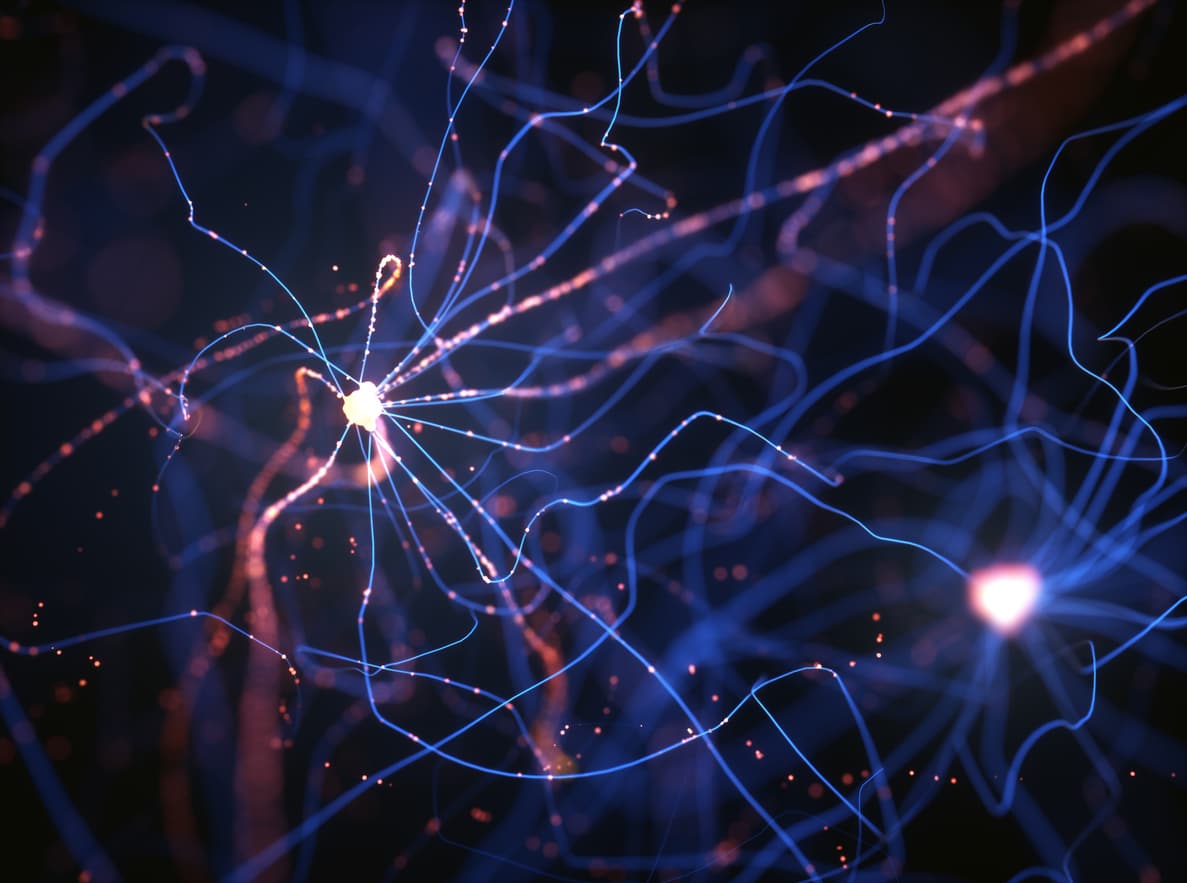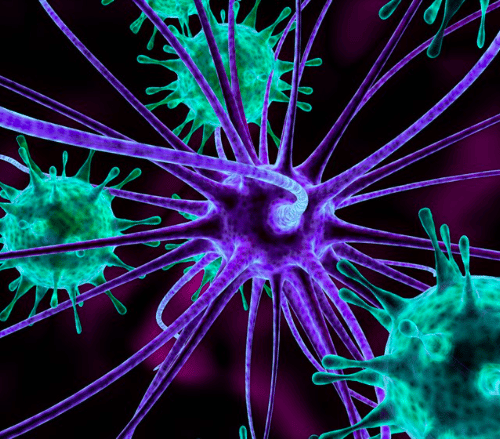This new data from Professors Sullivan and O’Keeffe reports that RET receptors are still produced and present in people with Parkinson’s, even in later stages of the disease. They propose that the previously reported reduction in RET receptors is a consequence of the loss of dopamine neurons overall, and it is the neurons themselves that produce RET receptors. This data also suggests that GDNF may still be able to have an effect in the brains of people with Parkinson’s and remains a viable experimental treatment approach for clinical trial; it is part of an ongoing pre-clinical lab-based study supported by Cure Parkinson’s evaluating whether Growth/Differentiation Factor 5 (or GDF5) – a nerve growth factor similar to GDNF – may have a disease-modifying effect in laboratory models of Parkinson’s. Unlike GDNF, GDF5 does not require RET receptors to have an effect, meaning the treatment would not rely on the amount of RET receptors remaining in the brains of people with Parkinson’s.
We look forward to seeing more developments as this project progresses.





